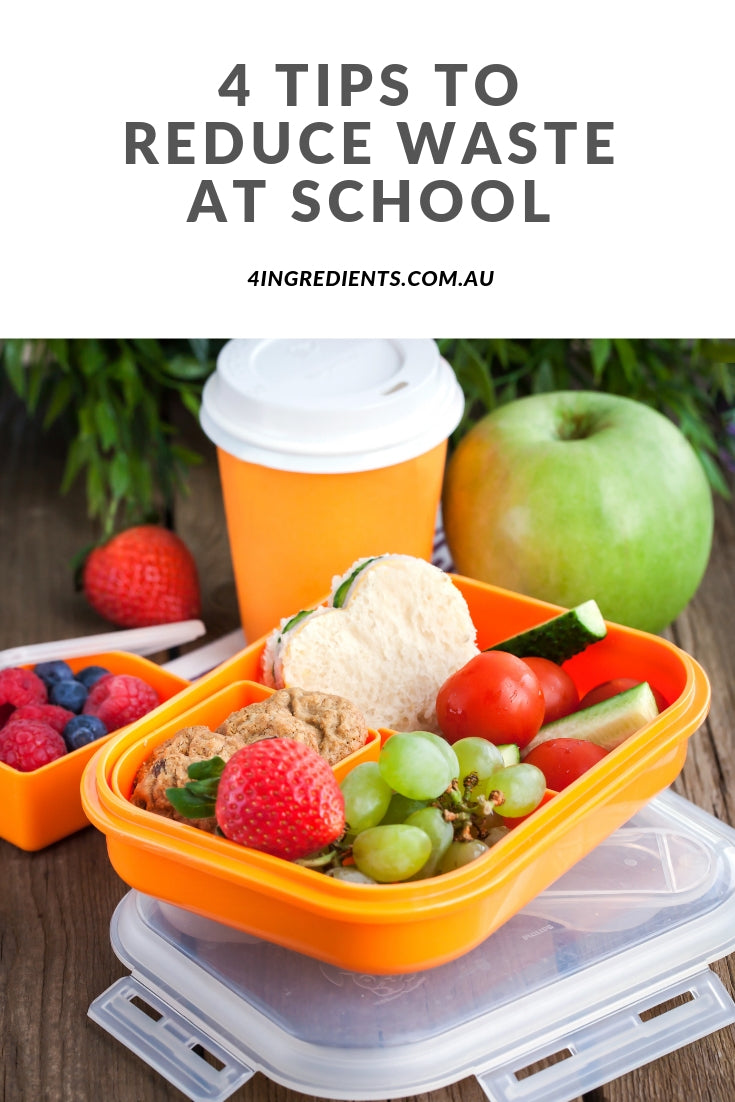Throwing lunchbox food out, or discovering your child hasn’t eaten much during their school day is one of the most frustrating issues parents have. Nutrition is key, but for learning nutrition is essential.
Here are some tips to reduce wastage, by encouraging lunchtime eating (nom … nom … nom)
- Get the kids to help pack their lunchbox – what do they want to see in it?
Have a variety of foods that your child enjoys at home, finding ways to include these into a lunch box. If your child has helped, they should enjoy what goes in, and not bring any home! The food needs to look yummy! Make smaller portions (ie. mini muffins). School is to be enjoyed socially so expect that your child will eat and run to play! Don’t overload them with giant meals only to be disappointed.
- Essential food groups + a treat
Encourage your child to eat the ‘good choice’ foods first, before enjoying a treat after.
For example, a lunchbox should include a water bottle PLUS:
- Protein: Chicken Wrap/Sandwich; Mini Quiche; Boiled Egg; Nuts (unless a nut-free environment)
- Carbohydrate: (Wrap/Sandwich); Pasta; Rice; Crackers
- Dairy: Cheese stick; yoghurt; milk drink (which are all sources of protein)
- Fruit & Vegs: At least 1 serve of fruit and 1 serve of vegetables (Carrot sticks)
- Treat: Sweet biscuit or muffin; Savoury biscuits (Shapes, Popcorn etc.) or homemade slice.
Adding a frozen juice or milk is ideal during hot summer weather but should never be a replacement to water.
- Variation to suit
Follow the food groups, but give your child food they like. If bread and wraps aren’t their preferred choice, give them the filling with some grain crackers on the side. Prepare extra pasta at night and give them leftovers for school with grated cheese. Make muffins at home and ask them which fruit they’d like in them. Substitute the sugar component for frozen berries or a small grab of chocolate chips, honey or pure maple syrup.
- Encourage an understanding and love of healthy choices
When your child loves their lunchbox food, especially if they have been involved in making a wrap or biscuits, other children will start asking their parents for the same.
Encourage your children to eat right, but it’s important that they see the same from their family members. When they understand that food fuels our bodies and brains to work their best for fun and learning, eating healthier foods becomes more meaningful.
If you’re concerned your child may not have enough to eat, pack a whole apple or mandarin – whatever fruit is in season. If it’s untouched, it can be put away for later.
ALWAYS REMEMBER: It’s important to introduce healthy, good, whole foods as early as possible to our babies. It’s easier to encourage a love of healthy foods when they are little and know no different. Kids who are conditioned that way are probably more likely to be the ones enjoying carrot and cucumber sticks, cherry tomatoes and leftover dinners in their lunchboxes throughout their entire schooling life.

